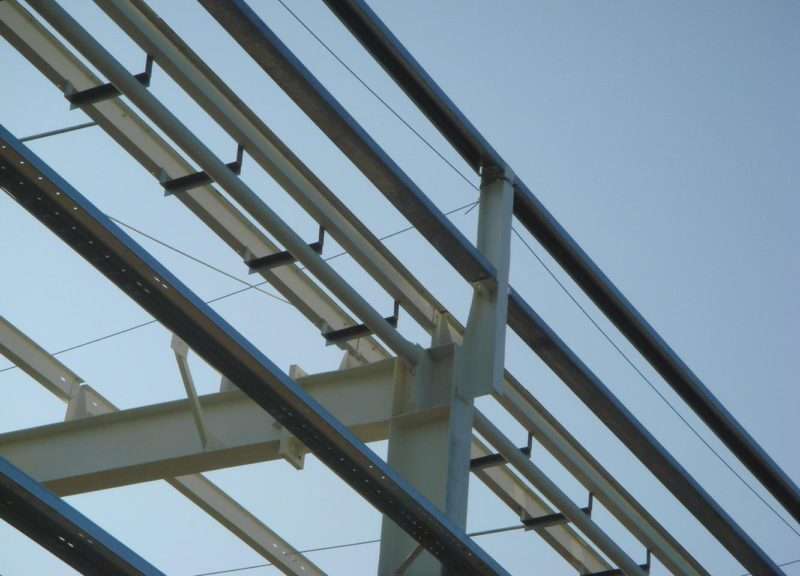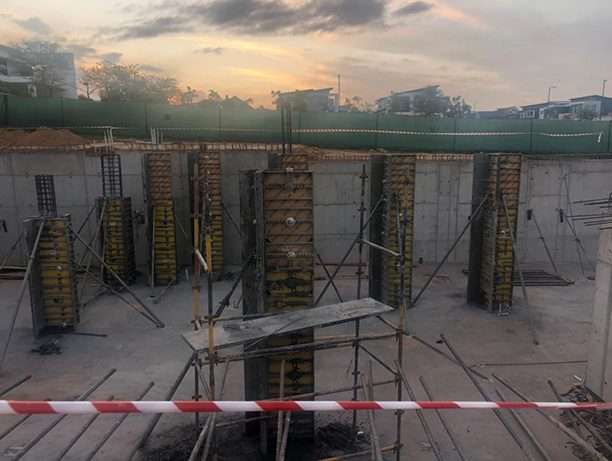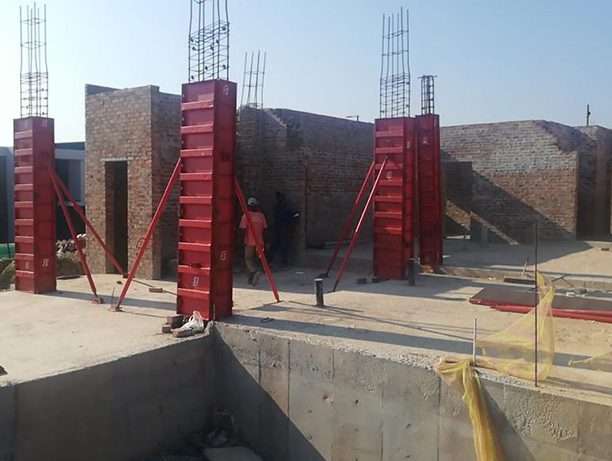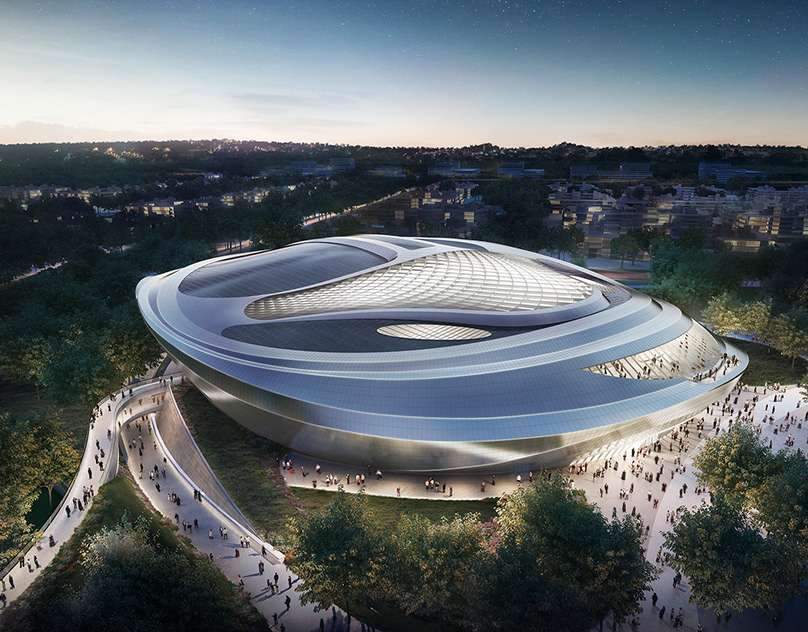
rays

finishes
columns

packet racker
For more architectural news




The use of wood in interior design and different types of wood
If you found this article valuable, consider sharing it
I am an architectural journalist and publisher interested in highlighting and presenting interior design best practices to my audience. I am always looking for new stories and ideas that will inspire my readers and enhance their lives

VILLA SOCHItype – villaarea – 140 sq.m.location – SochiDesign — Sver StudioCG Artist — Grigoriy Obolenskiyliving roomkitchenbedroombathroomfollow meinstagrampinterest

You can follow me here:www.javiermelgar.es@jmelpri

Visualizations created for Adrian Smith + Gordon Gill architects' marvelous design of the Astana Expo 2017 congress center. We constantly look for talented & outstanding artists! If you think you would be an efficient and happy member of our team as a 3D artist,please click here for more information.

A New Reality in a Snap¿Qué es soñar despierto? Si me preguntaran esto, te contestaría que es la respuesta de la mente y el corazón a lo que quisieras ver realizado. Es alcanzar nuevas visiones y darle sentido a tu propio inconsciente, comunicarte contigo mismo y tu visión del mundo.Ser actor y escritor de tu…

VILLA SOCHItype – villaarea – 140 sq.m.location – SochiDesign — Sver StudioCG Artist — Grigoriy Obolenskiyliving roomkitchenbedroombathroomfollow meinstagrampinterest

You can follow me here:www.javiermelgar.es@jmelpri

Visualizations created for Adrian Smith + Gordon Gill architects' marvelous design of the Astana Expo 2017 congress center. We constantly look for talented & outstanding artists! If you think you would be an efficient and happy member of our team as a 3D artist,please click here for more information.

A New Reality in a Snap¿Qué es soñar despierto? Si me preguntaran esto, te contestaría que es la respuesta de la mente y el corazón a lo que quisieras ver realizado. Es alcanzar nuevas visiones y darle sentido a tu propio inconsciente, comunicarte contigo mismo y tu visión del mundo.Ser actor y escritor de tu…

VILLA SOCHItype – villaarea – 140 sq.m.location – SochiDesign — Sver StudioCG Artist — Grigoriy Obolenskiyliving roomkitchenbedroombathroomfollow meinstagrampinterest

You can follow me here:www.javiermelgar.es@jmelpri

Visualizations created for Adrian Smith + Gordon Gill architects' marvelous design of the Astana Expo 2017 congress center. We constantly look for talented & outstanding artists! If you think you would be an efficient and happy member of our team as a 3D artist,please click here for more information.

A New Reality in a Snap¿Qué es soñar despierto? Si me preguntaran esto, te contestaría que es la respuesta de la mente y el corazón a lo que quisieras ver realizado. Es alcanzar nuevas visiones y darle sentido a tu propio inconsciente, comunicarte contigo mismo y tu visión del mundo.Ser actor y escritor de tu…